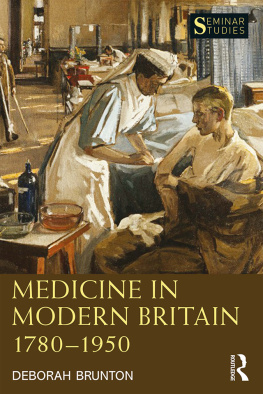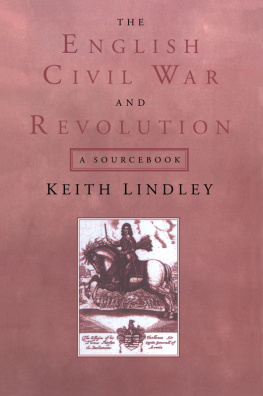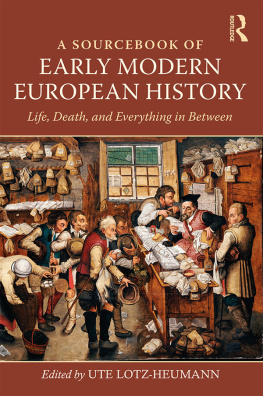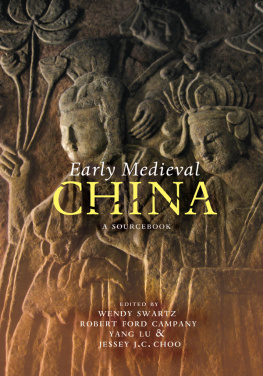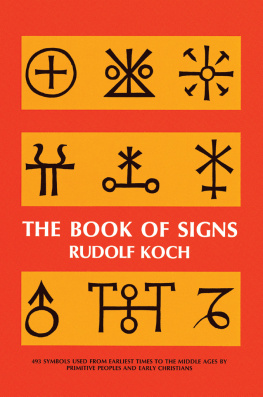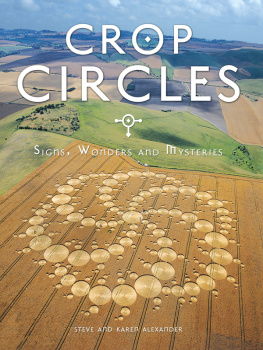
Signs and Wonders in Britains Age of Revolution
Signs and Wonders in Britains Age of Revolution is an original collection of primary sources from the era encompassing the political, religious, and social tumult of the English Civil War.
With a focus on Britain in the seventeenth century and covering topics such as astrology, scurrilous pamphlet wars, witch-hunts and trials, and the execution of King Charles I, Signs and Wonders investigates published strange and true accounts that existed alongside more traditionally studied historical events.
Including fully edited and annotated texts of carefully selected popular pamphlets, the sourcebook is accompanied by guided introductory essays for each of the thematically divided chapters. With more than two dozen woodcut images, Signs and Wonders enables students to pursue in-depth primary source analysis of this rich period of history, when the supernatural was woven into the lives of those participating in or viewing the tumultuous political and religious events of the mid-seventeenth century.
In this collection of popular pamphlets, battles in the sky, witches, monstrous births, and apparitions stand side-by-side with the major political and religious events that make up the standard histories of the era, allowing a fuller perspective on these early modern narratives and their interpretation (and exploitation) by the heated presses of seventeenth-century Britain. Signs and Wonders in Britains Age of Revolution is essential reading for all students of early modern Britain.
Timothy G. Fehler is Professor of History at Furman University. His previous books include Poor Relief and Protestantism: The Evolution of Social Welfare in Sixteenth-Century Emden (1999), and Religious Diaspora in Early Modern Europe: Strategies of Exile (2014).
Abigail J. Hartman (BA, Furman University; MLitt, University of St. Andrews) is pursuing doctoral work in Medieval History.
Signs and Wonders in Britains
Age of Revolution
A Sourcebook
Edited by Timothy G. Fehler and
Abigail J. Hartman

First published 2019
by Routledge
2 Park Square, Milton Park, Abingdon, Oxon OX14 4RN
and by Routledge
711 Third Avenue, New York, NY 10017
Routledge is an imprint of the Taylor & Francis Group, an informa business
2018 selection and editorial matter, Timothy G. Fehler and Abigail J. Hartman; individual chapters, the contributors
The right of Timothy G. Fehler and Abigail J. Hartman to be identified as the authors of the editorial material, and of the authors for their individual chapters, has been asserted in accordance with sections 77 and 78 of the Copyright, Designs and Patents Act 1988.
All rights reserved. No part of this book may be reprinted or reproduced or utilised in any form or by any electronic, mechanical, or other means, now known or hereafter invented, including photocopying and recording, or in any information storage or retrieval system, without permission in writing from the publishers.
Trademark notice : Product or corporate names may be trademarks or registered trademarks, and are used only for identification and explanation without intent to infringe.
British Library Cataloguing in Publication Data
A catalogue record for this book is available from the British Library
Library of Congress Cataloging in Publication Data
Names: Fehler, Timothy G., editor. | Hartman, Abigail J., editor.
Title: Signs and wonders in Britains age of revolution : a sourcebook / edited by Timothy G. Fehler and Abigail J. Hartman.
Description: Abingdon, Oxon ; New York, NY : Routledge, 2019. | Includes bibliographical references.
Identifiers: LCCN 2018017674Subjects: LCSH: Great BritainHistoryCivil War, 1642-1649Sources. | Great BritainHistoryPuritan Revolution, 1642-1660Sources. | Curiosities and wondersGreat BritainHistory17th century.
Classification: LCC DA410 .S54 2018 | DDC 942.06/2dc23
LC record available at https://lccn.loc.gov/2018017674
ISBN: 978-1-138-49205-9 (hbk)
ISBN: 978-1-138-49206-6 (pbk)
ISBN: 978-1-351-03134-9 (ebk)
Typeset in Sabon
by Swales & Willis Ltd, Exeter, Devon, UK
Illustrations
Abbreviation
| ODNB | Oxford Dictionary of National Biography (Oxford University Press, 2004) |
As the astrologers spoke of the annual revolution of the world and attempted to interpret the revolutions of the heavenly spheres through the course of the 1640s (see, for instance, sheds light on the manner in which perspectives on the supernatural were woven into the lives of those participating in or viewing the tumultuous political and religious events of the mid-seventeenth century, and the opening 1638 treatise will offer the reader a starting point for interpreting prodigious events. This collections subsequent chapters follow a similar pattern, though the following introductory essays are briefer and each thematic chapter offers the annotated text of five to seven pamphlets that deal with various types of accounts of signs and wonders. Traditional scholarly approaches have been either to pass over such sources in silence, or else to treat them as curious, but ultimately bizarre and unhelpful, products of a superstitious worldview. While a commendable shift in scholarly interest has already led to collections of primary sources on witchcraft, there has not yet been a collection of prodigy pamphlets. In this collection of complete popular pamphlets, battles in the sky, witches, monstrous births, and apparitions stand side-by-side with the major political and religious events that make up our textbook histories of the era, allowing a fuller perspective on these early modern narratives and their interpretation (and exploitation) by the heated presses of seventeenth-century Britain.
Because the more standard-fare history of the English Civil War and English (or Puritan) Revolution provides the particular context for understanding these pamphlets, it is necessary to provide here a short historiographical and chronological sketch of the era. However, as the traditional narratives and interpretations are so widely accessibleonline and in history textbooks on Tudor-Stuart England, Early Modern Europe, or Western Civilizationthis supplemental outline highlights just a few key markers that are especially useful for the pamphlets in this collection.
As can be seen in these pamphlets, the issues behind the English Civil War have been fiercely disputed since the midst of the conflict itself. Over the past half century, however, a number of new studies have substantially reshaped the interpretive landscape regarding the origins, nature, and consequences of the revolutionary crises facing the British governments of the Stuarts during the seventeenth century. When King James VI of Scotland ascended the English throne as James I in 1603, he inaugurated an era in which the fates of those two countries would be more intricately bound than ever before. The wars that broke out in Scotland, Ireland, and England during the reign of his son Charles I, particularly the Civil War in England that culminated in Charles execution on January 30, 1649, form a high-water mark in the political radicalism of mid century. Since the nineteenth century, the traditional historiographical interpretations of the revolutionary era often created an exclusionary English patriotic myth, portraying these conflicts as the culmination of a series of long-term political, religious, and economic developments that moved England progressively toward its inevitable future as a constitutional monarchy with a parliamentary democracy and capitalist economy. Whig historians emphasized the growing conflicts between the rights of Parliament (particularly an increasingly self-confident House of Commons connected with liberty and Protestantism) and an absolutist monarchy with Catholic (or Popish) tendencies that brought about the Civil War. Marxist historians in the same progressive mold focused more on the economic conditions of a burgeoning bourgeois class (with connections to more radical religious ideas of Puritanism expanding at the time) that was in conflict with a declining aristocracy. In these accounts, a revolution was all but inevitable as rival interests clashed, and these seventeenth-century developments were thus the obvious steps that advanced England forward toward its nineteenth- and twentieth-century realities.
Next page



